Harm reduction is a vital approach to addressing substance use and promoting safety among students. Schools play a critical role in implementing harm reduction strategies to protect and educate young people. As a parent, understanding these initiatives is essential to supporting your child’s well-being. In this blog post, we explore the role of harm reduction in schools and what parents need to know to be proactive and informed.
What Is Harm Reduction?
Harm reduction is a set of practical strategies aimed at minimizing the negative consequences of drug use. Unlike abstinence-only approaches, harm reduction meets individuals where they are and focuses on reducing harm rather than eliminating drug use. Key principles of harm reduction include:
- Respect for Individual Choices: Acknowledging that people will use drugs and focusing on reducing risks associated with drug use.
- Non-Judgmental Approach: Providing support without judgment or stigma.
- Empowerment: Equipping individuals with knowledge and tools to make safer choices.
The Importance of Harm Reduction in Schools
Schools are on the front lines of addressing substance use among young people. Implementing harm reduction strategies in educational settings can:
- Enhance Safety: By providing resources like naloxone and drug testing kits, schools can prevent overdoses and other drug-related emergencies.
- Educate Students: Harm reduction programs teach students about the risks of drug use and how to make safer choices, promoting informed decision-making.
- Support Mental Health: Addressing substance use through a compassionate lens can reduce stigma and encourage students to seek help for related mental health issues.
Key Harm Reduction Strategies in Schools
1. Education and Awareness Programs
Comprehensive Drug Education: Schools can provide evidence-based drug education that goes beyond scare tactics to include information about harm reduction. This education can cover the effects of different substances, the risks of drug use, and ways to minimize harm.
Peer Education: Training students to educate their peers about harm reduction can be a powerful way to spread knowledge and support. Peer educators can relate to their fellow students, making the information more relatable and impactful.
2. Access to Resources
Naloxone Availability: Ensuring that naloxone, a life-saving medication that reverses opioid overdoses, is available in schools. Staff and students should be trained on how to use naloxone, making the school environment safer for everyone.
Drug Testing Kits: Providing access to fentanyl and benzodiazepine test strips can help students identify contaminated substances and avoid overdoses. These kits empower students to make safer choices if they encounter drugs.
3. Support Services
Counseling and Support Groups: Offering mental health and substance use counseling can provide students with the support they need to make healthier choices. Regular support groups can help students who are struggling with substance use or related issues.
Safe Spaces: Creating safe spaces where students can discuss substance use and receive non-judgmental support. These environments encourage students to seek help and share their experiences without fear of punishment.
What Parents Need to Know
As a parent, you play a crucial role in supporting harm reduction initiatives in schools. Here’s what you need to know:
1. Educate Yourself
Learn About Harm Reduction: Familiarize yourself with harm reduction principles and strategies to better understand the importance of these programs. Knowing the facts can help you support your child more effectively.
Stay Informed: Keep up-to-date with your child’s school’s policies and programs related to substance use and harm reduction. Attend school meetings, read newsletters, and engage with school staff to stay informed.
2. Communicate with Your Child
Open Dialogue: Encourage open and honest conversations about substance use, emphasizing that your priority is their safety and well-being. Ask open-ended questions and listen actively to your child’s concerns and experiences.
Provide Support: Let your child know they can come to you for help without fear of judgment or punishment. Reinforce that you are there to support them, no matter what challenges they face.
3. Advocate for Harm Reduction
Support School Programs: Advocate for the implementation of harm reduction programs in your child’s school by attending meetings and voicing your support. Show school administrators and teachers that there is parental backing for these initiatives.
Collaborate with Other Parents: Work with other parents to promote harm reduction and ensure that the school community is informed and supportive. Parent groups can be powerful allies in advocating for change and supporting school programs.
Conclusion
Harm reduction is a compassionate and effective approach to addressing substance use in schools. By understanding and supporting these initiatives, parents can play a crucial role in protecting their children and promoting a safer school environment. Stay informed, communicate openly with your child, and advocate for harm reduction programs to ensure the well-being of all students.
By being proactive and involved, parents can help create a school culture that prioritizes safety, education, and support for all students. The journey towards effective harm reduction starts with understanding and collaboration between schools, parents, and students.







